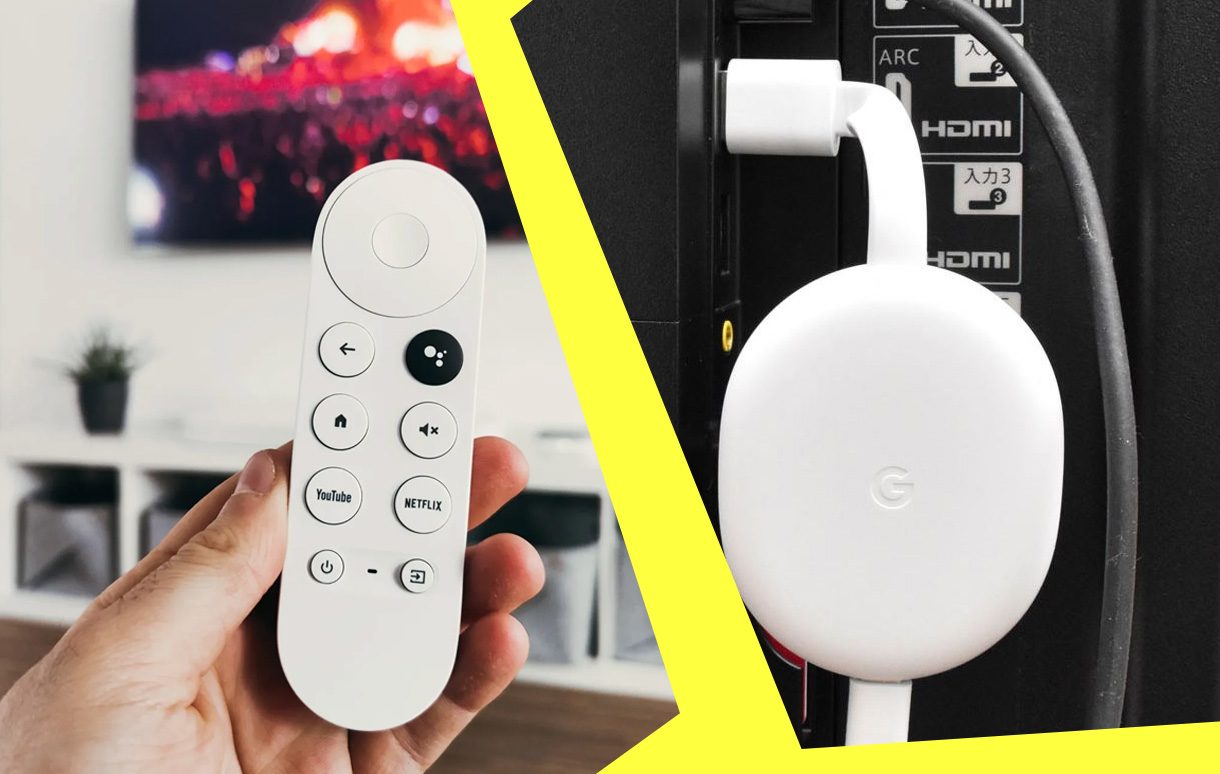In today’s streaming age, buffering issues can ruin the joy of binge-watching your favorite content. Whether it’s due to an unstable Wi-Fi connection or network congestion, buffering remains a common frustration for many users. Thankfully, Google Chromecast offers a solution to this problem with its wired Ethernet adapter, enabling a more reliable and faster internet connection.

By switching to a wired setup, you can truly say goodbye to buffering and enjoy smooth, uninterrupted streaming. This article dives deep into Chromecast’s wired connection, explaining why it matters, how to set it up, and the benefits of using an Ethernet adapter.
Why Buffering Happens During Streaming
Buffering occurs when your streaming device cannot load content quickly enough to keep up with playback. Several factors can contribute to this:
- Unstable Wi-Fi Connection: Interference from walls, other devices, or distance from the router can weaken Wi-Fi signals.
- Network Congestion: Multiple devices sharing the same Wi-Fi network can slow down your connection.
- Insufficient Bandwidth: Streaming high-quality content (4K HDR) requires a lot of bandwidth.
- Device Limitations: Streaming devices with weaker processors may struggle to handle heavy data flow.
What Is the Chromecast Ethernet Adapter?
The Google Chromecast Ethernet adapter is a small but powerful accessory that connects your Chromecast device directly to your router using an Ethernet cable. This eliminates the need for a Wi-Fi connection, ensuring a faster, stable, and reliable wired connection.
Key Specifications of the Chromecast Ethernet Adapter
- Design: Compact and lightweight, with an integrated power supply.
- Compatibility: Works with Chromecast with Google TV and other newer Chromecast models.
- Speed: Supports wired connections up to 100 Mbps for smooth streaming.
- Setup: Easy plug-and-play installation—no technical expertise required.
By bypassing Wi-Fi, the adapter allows Chromecast users to enjoy uninterrupted streaming and say goodbye to buffering for good.
Benefits of Using Chromecast’s Wired Connection
Switching to a wired connection with Chromecast has several clear advantages over relying on Wi-Fi:
1. Eliminates Buffering Issues
A wired connection provides consistent internet speeds, eliminating interruptions caused by weak or unstable Wi-Fi signals. This is particularly beneficial for streaming high-definition (HD) and 4K content, where a stable internet connection is critical.
2. Faster and More Reliable Streaming
Ethernet connections are typically faster and more reliable than Wi-Fi, as they avoid issues like signal interference or congestion. Streaming becomes seamless, with no drops in quality even during peak hours.
3. Enhanced Performance in Multi-Device Households
In homes with multiple devices connected to the same Wi-Fi network, streaming can suffer from slow speeds. Using an Ethernet adapter frees up bandwidth for other devices while ensuring Chromecast gets a dedicated, high-speed connection.
4. Improved Gaming and Live Streaming
For gamers and live streamers, lag can make or break the experience. A wired connection reduces latency, ensuring smoother gameplay and real-time streaming without delays.
How to Set Up Chromecast’s Wired Connection
Setting up the Chromecast Ethernet adapter is simple and takes just a few steps:
- Purchase the Chromecast Ethernet Adapter: Ensure it is compatible with your Chromecast model.
- Connect the Adapter: Plug the Ethernet cable into the adapter’s port.
- Attach the Adapter to Chromecast: Replace the standard Chromecast power supply with the adapter.
- Plug Into Your Router: Connect the other end of the Ethernet cable to your router.
- Power On: Turn on Chromecast and start streaming.
Pro Tip: Use a CAT6 or higher-grade Ethernet cable to get the best possible speeds for streaming 4K HDR content.
Real-Life Results: Case Studies and Data
Case Study 1: Streaming 4K Content Without Buffering
A family of four struggled with buffering issues while watching 4K content due to their congested Wi-Fi network. After switching to Chromecast’s wired connection, they reported zero buffering issues and consistent streaming performance.
Case Study 2: Improved Gaming Experience
A gamer using Chromecast with Google TV for cloud gaming noticed high latency on Wi-Fi. By adding the Ethernet adapter, latency dropped by over 40%, resulting in smoother gameplay and fewer disruptions.
Key Differences: Wi-Fi vs. Wired Connection
The following table highlights the differences between Wi-Fi and wired connections for Chromecast:
| Feature | Wi-Fi Connection | Wired Ethernet Connection |
|---|---|---|
| Speed | Variable, depending on signal | Consistent and faster |
| Interference | Prone to interference | No interference |
| Stability | Unstable in crowded networks | Highly stable |
| Setup | Easy but not always reliable | Simple with guaranteed performance |
| Streaming Quality | May drop in 4K or HDR streaming | Perfect for HD, 4K, and HDR |
Who Should Use the Chromecast Ethernet Adapter?
While the Chromecast Ethernet adapter is an excellent accessory for anyone, it’s particularly beneficial for:
- Heavy streamers who frequently watch 4K and HDR content.
- Gamers relying on low latency for cloud gaming.
- Large households with multiple connected devices.
- Homes with weak or unreliable Wi-Fi signals.
Final Thoughts
By using the Chromecast Ethernet adapter, you can truly say goodbye to buffering and enjoy flawless streaming, even when watching high-quality content. Whether you’re a movie buff, a gamer, or someone tired of slow connections, a wired connection will transform your Chromecast experience.
Invest in a wired setup today, and unlock the full potential of your Chromecast device for buffer-free, high-quality streaming.
For the latest updates and compatibility details, visit Google’s official Chromecast support page.
Also Check:
- How I Turn on or Off Assistance Touch on my iPhone
- How to Enable Adaptive Charging on Google Pixel
- Google TV for Seniors: The Ultimate Guide to Simplified Entertainment
- How to Play Games on Chromecast: Step-by-Step Setup and Top Game Recommendations
- 10 Proven Ways to Boost Chromecast Speed for Seamless Streaming
